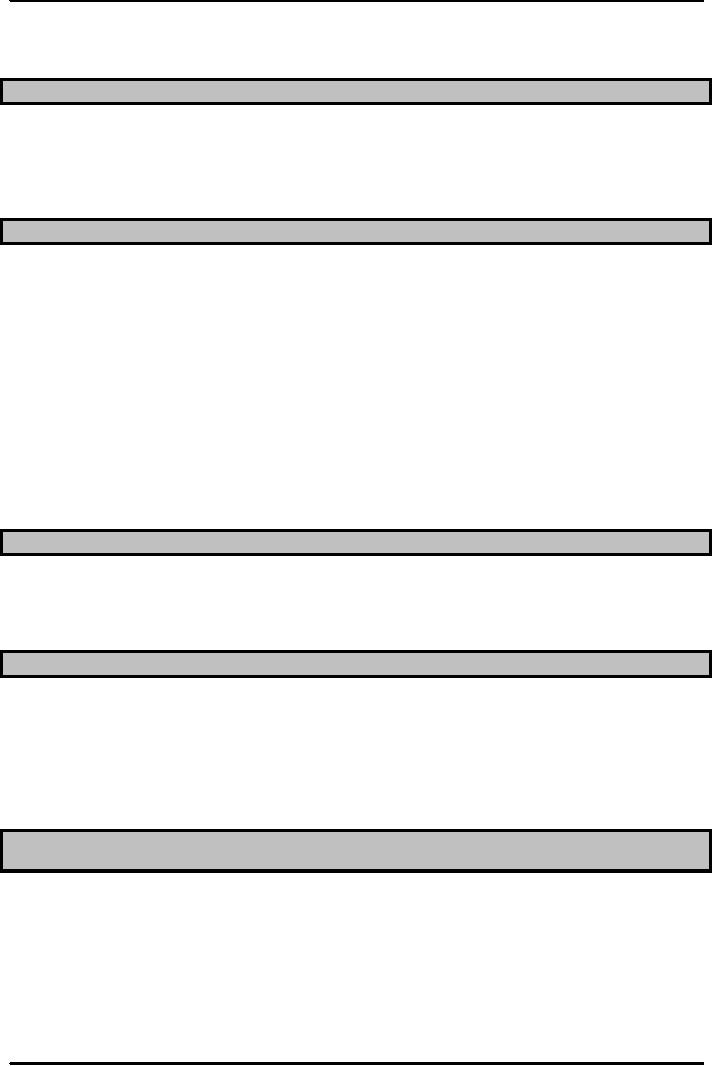 |
INTRODUCTION TO PRODUCTION AND OPERATIONS MANAGEMENT |
| INTRODUCTION TO PRODUCTION AND OPERATIONS MANAGEMENT:Decision Making >> |

Production
and Operations Management
MGT613
VU
Lesson
01
INTRODUCTION
TO PRODUCTION AND OPERATIONS
MANAGEMENT
POMA
Previously
called Production
Management
Then
Production and Operations
Management
Often
called Operations Management
Should
not be confused with Operations Research
or Production Management which
are the domain
of
Mechanical and Industrial
Engineering.
THE
COURSE CONTENT
Tentative
Course Content Units of
Learning wise
Unit
I ( Introduction and Productivity,
Strategy and Competitiveness)
Unit
II ( Forecasting)
Unit
III ( Design of Production
Systems)
Unit
III ( Quality)
Unit
V ( Operating and Controlling the
System)
Tentative
Course Content Lecture
wise
Unit
I ( 5 Lectures)
Unit
II (3 Lectures)
Unit
III ( 12 Lectures)
Unit
III ( 10 Lectures)
Unit
V ( 15 Lectures)
History
of Management
Frederick
Taylor and Gilbreths (Lillian and
Frank Gilbreth) are pioneers of
transforming
management
to scientific domain.
Borrows
a lot of information from
Engineering and Management to give an
overall bigger picture
of
operating
and managing any
organization.
Difference
between Operations Management and
Research
OR
relies on mathematical modeling and OM
relies on practical scenarios/industrial
cases.
OR
domain and tool of Engineers while OM is
considered to be one of the critical tools
of
Managers.
OR
considered more powerful to improve the
whole system where as OM can be
applied to a part of
the
system.
OR
relies on mathematical modeling while OM
relies on practical scenarios/industrial
cases.
Why
Study OPERATIONS
MANAGEMENT
Operations
Management form core of any
organization's senior leadership.
What
are organizations
An
organization is a business entity
that can work for
profit or non profit
purposes to generate a
value
added product or service for
its customers.
Whether
profit or non profit, the
role of an OPERATIONS MANAGER is to
sustain, protect, and
project
the company's operations side.
Why
Operations Manager
Every
organization must manage
processes and operations by which
processes are
performed.
1

Production
and Operations Management
MGT613
VU
An
operations Manager controls the processes
by which value is added from
conversion of inputs to
outputs.
Why
Operations Manager
Inputs
include materials, inventory, services,
land, and energy, human and capital
resources.
Bridge
between Management and
Engineering
Two
Islands named Engineering and
Management
Operations
management uses foundations of
both Engineering and
Management.
Bridge
Basics , Extension of road
from both ends till
they meet at the centre and
fuse to give
strength
and allow the foundations to give
added strength to the bridge
Bridge
between Management and Engineering.
The primary responsibility of an
Operations
Manager
working at any level, for
production or service based organization,
is to help and
facilitate
the building of walls. It's a
demanding job but at the
time takes the same amount
of
time
required by people who are
creating hurdles and end up building
walls in stead of bridges.
Also,
it is important at this point in
time to understand that the Strength of
the Chain is equal to
the
strength of the weakest Link, so if your
analysis, as an operations manager consists of
both
Engineering
and Management Links. Any weakness of
analysis in Engineering or
Management
Link
would lead to an overall
weak analysis. A balanced approach would be to make
best use of
the
strength and overcome the weaknesses. As a
rule of thumb, problem
solving and decision
making
through Production and Operations
Management would entail that
both Engineering
and
Management aspects should be
utilized to aim for the
powerful systems ( over all
big
picture)
approach.
2
Table of Contents:
- INTRODUCTION TO PRODUCTION AND OPERATIONS MANAGEMENT
- INTRODUCTION TO PRODUCTION AND OPERATIONS MANAGEMENT:Decision Making
- INTRODUCTION TO PRODUCTION AND OPERATIONS MANAGEMENT:Strategy
- INTRODUCTION TO PRODUCTION AND OPERATIONS MANAGEMENT:Service Delivery System
- INTRODUCTION TO PRODUCTION AND OPERATIONS MANAGEMENT:Productivity
- INTRODUCTION TO PRODUCTION AND OPERATIONS MANAGEMENT:The Decision Process
- INTRODUCTION TO PRODUCTION AND OPERATIONS MANAGEMENT:Demand Management
- Roadmap to the Lecture:Fundamental Types of Forecasts, Finer Classification of Forecasts
- Time Series Forecasts:Techniques for Averaging, Simple Moving Average Solution
- The formula for the moving average is:Exponential Smoothing Model, Common Nonlinear Trends
- The formula for the moving average is:Major factors in design strategy
- The formula for the moving average is:Standardization, Mass Customization
- The formula for the moving average is:DESIGN STRATEGIES
- The formula for the moving average is:Measuring Reliability, AVAILABILITY
- The formula for the moving average is:Learning Objectives, Capacity Planning
- The formula for the moving average is:Efficiency and Utilization, Evaluating Alternatives
- The formula for the moving average is:Evaluating Alternatives, Financial Analysis
- PROCESS SELECTION:Types of Operation, Intermittent Processing
- PROCESS SELECTION:Basic Layout Types, Advantages of Product Layout
- PROCESS SELECTION:Cellular Layouts, Facilities Layouts, Importance of Layout Decisions
- DESIGN OF WORK SYSTEMS:Job Design, Specialization, Methods Analysis
- LOCATION PLANNING AND ANALYSIS:MANAGING GLOBAL OPERATIONS, Regional Factors
- MANAGEMENT OF QUALITY:Dimensions of Quality, Examples of Service Quality
- SERVICE QUALITY:Moments of Truth, Perceived Service Quality, Service Gap Analysis
- TOTAL QUALITY MANAGEMENT:Determinants of Quality, Responsibility for Quality
- TQM QUALITY:Six Sigma Team, PROCESS IMPROVEMENT
- QUALITY CONTROL & QUALITY ASSURANCE:INSPECTION, Control Chart
- ACCEPTANCE SAMPLING:CHOOSING A PLAN, CONSUMERíS AND PRODUCERíS RISK
- AGGREGATE PLANNING:Demand and Capacity Options
- AGGREGATE PLANNING:Aggregate Planning Relationships, Master Scheduling
- INVENTORY MANAGEMENT:Objective of Inventory Control, Inventory Counting Systems
- INVENTORY MANAGEMENT:ABC Classification System, Cycle Counting
- INVENTORY MANAGEMENT:Economic Production Quantity Assumptions
- INVENTORY MANAGEMENT:Independent and Dependent Demand
- INVENTORY MANAGEMENT:Capacity Planning, Manufacturing Resource Planning
- JUST IN TIME PRODUCTION SYSTEMS:Organizational and Operational Strategies
- JUST IN TIME PRODUCTION SYSTEMS:Operational Benefits, Kanban Formula
- JUST IN TIME PRODUCTION SYSTEMS:Secondary Goals, Tiered Supplier Network
- SUPPLY CHAIN MANAGEMENT:Logistics, Distribution Requirements Planning
- SUPPLY CHAIN MANAGEMENT:Supply Chain Benefits and Drawbacks
- SCHEDULING:High-Volume Systems, Load Chart, Hungarian Method
- SEQUENCING:Assumptions to Priority Rules, Scheduling Service Operations
- PROJECT MANAGEMENT:Project Life Cycle, Work Breakdown Structure
- PROJECT MANAGEMENT:Computing Algorithm, Project Crashing, Risk Management
- Waiting Lines:Queuing Analysis, System Characteristics, Priority Model